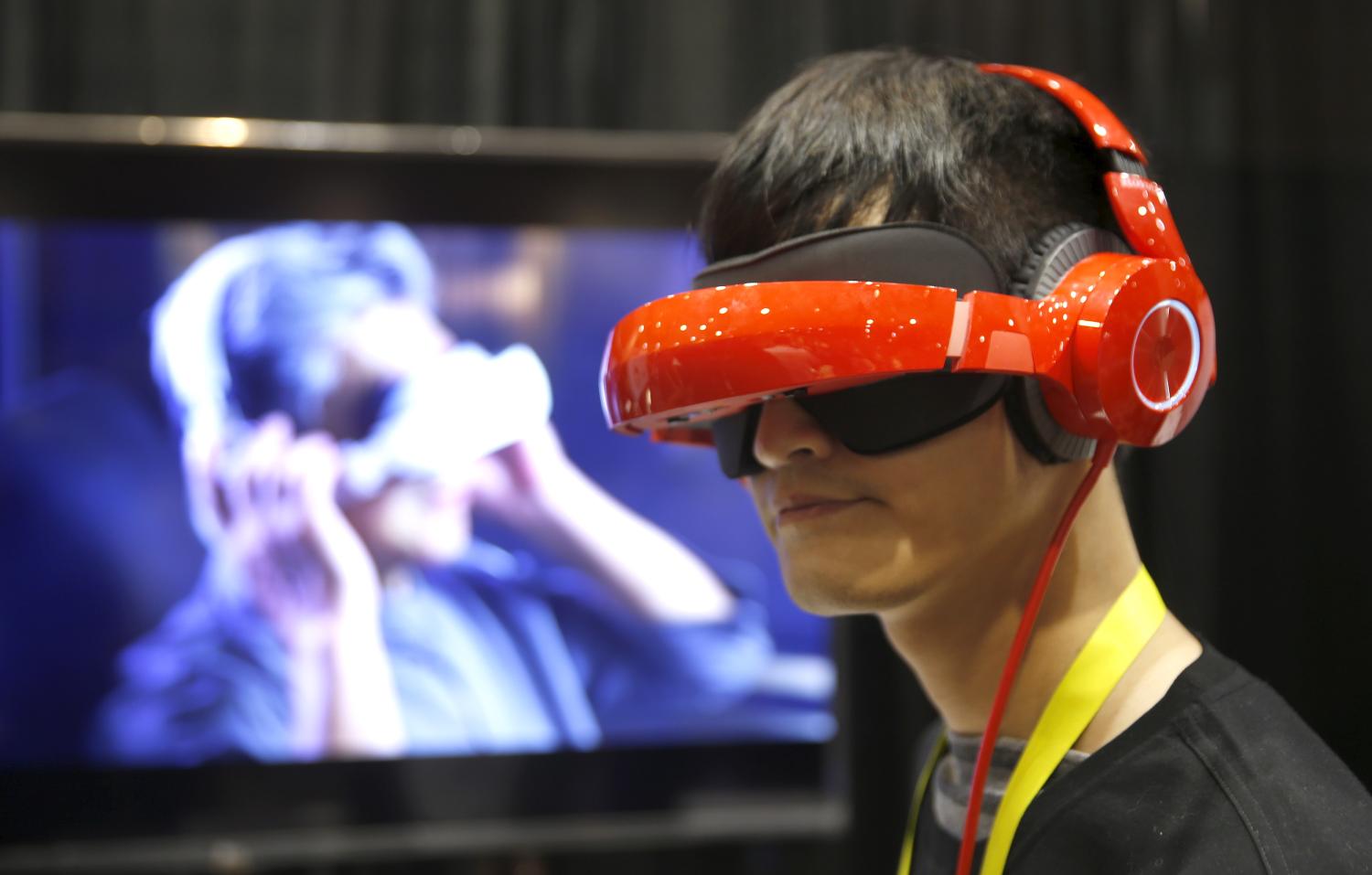Although the current unemployment rate now stands at just 5.0 percent, many economists concede that the real figure is much higher. In fact, according to the Bureau of Labor Statistics (BLS), the U-6 rate (total unemployed, plus all persons marginally attached to the labor force, plus total employed part time for economic reasons) measures underemployment at 10 percent. If we add in people who have given up looking for work altogether, the number is higher still.
What is the root cause of persistent underemployment in the United States today? The short answer is technology. Knowledge-based societies are becoming highly computational. Where the Agricultural Revolution harnessed domesticated animals for pastoral farming, and the Industrial Revolution adapted machines for factory production, so today the Computational Revolution is advancing computers to augment machine intelligence. Together software algorithms, computer-aided design, data analytics, and machine learning are beginning to disrupt the institutions and economic practices that anchor postindustrial societies. As this “computational knowledge economy” expands and matures, it is facilitating deep structural changes in the U.S. labor force.
Given the high-productivity rate of the U.S. economy, there is good reason to be anxious about the future of labor. Consider, for example, the aggregate forecast of labor force participation. Recent data indicates that civilian labor force participation has been declining since 2009. Indeed, adjusting for inflation, wages in the United States have not increased since the mid-1970s. Of course, technology is not the whole story. Even as wages have remained flat, the lion’s share of wealth created over the past three decades has accrued to a very small elite. To put this more plainly, the top one percent of the economic pyramid now own half of all the world’s household wealth.
The overarching policy response to growing inequality within the United States and other OECD countries has been to focus on educational reform. Education is viewed as key to developing skilled labor (human capital) and expanding economic opportunity. But where human capital theory offers value to educational reform in the short-term, it may offer less value to rethinking education systems over the long-term. The key question our current human capital strategies have not considered is whether the exponential advance of technology will facilitate newer and more innovative forms of labor, or simply subsume human labor entirely. As thinkers like Ray Kurzweil suggest, machine intelligence may eventually outstrip human cognitive capacities altogether.
Looking forward, it would appear that the use and application of computing and digital media are becoming the basis for leading professions in the 21st century. And this leaves room for significant long-term innovation. Indeed, while computers excel at many logical functions, they are simply not as efficient or effective as human beings at tasks requiring flexibility and judgment– at least not yet. Put differently, even as computers automate routine labor they are also amplifying opportunities for work that requires creativity, problem solving, and social collaboration.
So what is the role of education in the age of machine intelligence? Even a cursory analysis of educational reform in the United States reveals a deep concern with transforming the education system in the face of systemic economic and social change. It has become painfully clear, for example, that our current education system is not equipped to mitigate the scale of labor dislocation we may soon face. In my view, the most obvious problem with U.S. educational reform today is a misplaced focus on mobilizing systems of measurement and conformity in an era that demands risk and experimentation. The underlying problem is that “factory schools” have evolved from older institutions designed for a different era.
Beyond the bureaucratic systems of the Industrial Age, students must be better prepared to leverage autonomous creativity to solve real-world problems. Beyond basic numeracy and literacy, advanced competencies that build on network collaboration, digital fluency, and entrepreneurial innovation are now foundational to economic mobility. The real challenge today, in other words, is to transform the institutional and pedagogical structures that constitute schooling. Rather than framing educational reform in terms of the needs of a mass industrial society, educational policies must now adapt to the needs of a highly disruptive computational economy.
As I suggest in a recent book, Education in the Creative Economy, the truth is that transferring a fixed body of basic knowledge and practices from experts to amateurs is becoming contradictory to a society that is increasingly driven by creativity and innovation. If competency within existing cultural systems is the goal of industrial education, then cultural production and the creative transformation of cultural systems should be the goal of education in the age of machine intelligence. In contrast to factories for social reproduction, what we now require are innovation incubators that build on rapidly evolving experimentation in “augmented intelligence.”
As many educational policymakers already know, we are at an inflection point in which computing is transforming education from a system of “rigid information transfer” into an interactive ecology connecting machine learning, entrepreneurial collaboration, and multimedia resources. Where formal education continues to focus on inculcating basic skills, advanced computational technologies now demand entrepreneurs who are skilled in the creative application of new knowledge. This involves scaffolding real-world problem-solving as part of the larger continuum of “knowledge building.”
In truth, the scope of this educational transformation requires significant government leadership in conjunction with bold experimentation in the market. As the current National Educational Technology Plan explains, the future of education requires an enhanced focus on gaming and immersive simulations. Put simply, if we really want to transform the U.S. education system in order to reduce underemployment and expand entrepreneurial capacities then we will need to develop educational policies that work to bridge human and machine intelligence.
The Brookings Institution is committed to quality, independence, and impact.
We are supported by a diverse array of funders. In line with our values and policies, each Brookings publication represents the sole views of its author(s).




